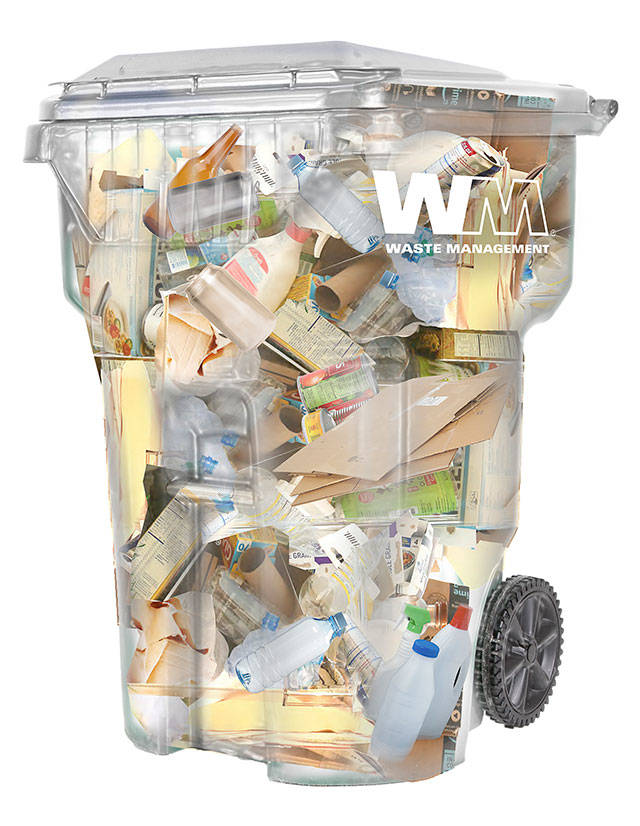The recycling world is changing. Global restrictions and policies are prompting questions about what’s recyclable and what it’s going to take to keep community recycling programs strong and healthy in the future.
This new focus has created an opportunity for reflection and discussion about recycling costs and impacts on a global scale. And while change can be challenging, a clear path forward is emerging for everyone committed to creating sustainable, long-term recycling programs.
Putting your recycling cart at the curb is just the beginning
For local recycling programs to be sustainable, we need to “close the recycling loop,” ensuring the materials we put in our carts are used to make new products. You place items in your recycling cart, WM sorts and prepares them for reuse, and manufacturers use recycled materials in products we buy.
Sounds simple, right? But there’s a lot to it.
Every stage in this process is critical to the viability of recycling. If the recycling is contaminated, or if companies are not using the material to make new products, then the materials are not recyclable. Until materials have a “second life” or are repurposed for another use, they really aren’t recycled.
Recycling costs are increasing
Recycling has never been free – even in communities where there’s not a specific charge listed on monthly invoices, or it shows it as “free” when you pay your garbage and recycling bill.
The truth is, recycling costs money. That’s because a lot of work happens after recycling carts are rolled to the curb. First, materials are transported to a recycling center. They are unloaded, sorted and packaged for commodity markets. Then, they are transported to manufacturing sites to be made into new products. There are costs associated with every step of the process. And, as quality standards for recycled materials increase, these costs continue to grow.
Additionally, the cost to ship commodities to market has skyrocketed. In the past, the cost to transport materials to China was low because containers were already headed back, after delivering merchandise from China to the United States. Today, managing logistics and shipping to new markets are considerably more expensive.
Finally, the value of the recyclables has plummeted because there’s simply too much material on the market.
These factors have strained local recycling systems, underscoring the need for everyone to work together to keep community programs sustainable for the long term.
How we all can do our part:
• Recycle the right items. Paper, bottles and cans are always a safe bet. Confused about what else should go into your recycling cart? Find more information about your community’s program on our website at wmnorthwest.com/auburn.
• Recycle the right way. Keep recyclables clean, dry and loose. Food, liquids and plastic bags all create problems for the recycling chain.
So, let’s be clear about recycling. Are we facing new challenges? Absolutely. But that doesn’t make recycling any less important. With everyone working together, our future is green.
Michelle Metzler is Waste Management’s recycling education and outreach manager. Learn more about recycling best practices at recycleoftenrecycleright.com.



